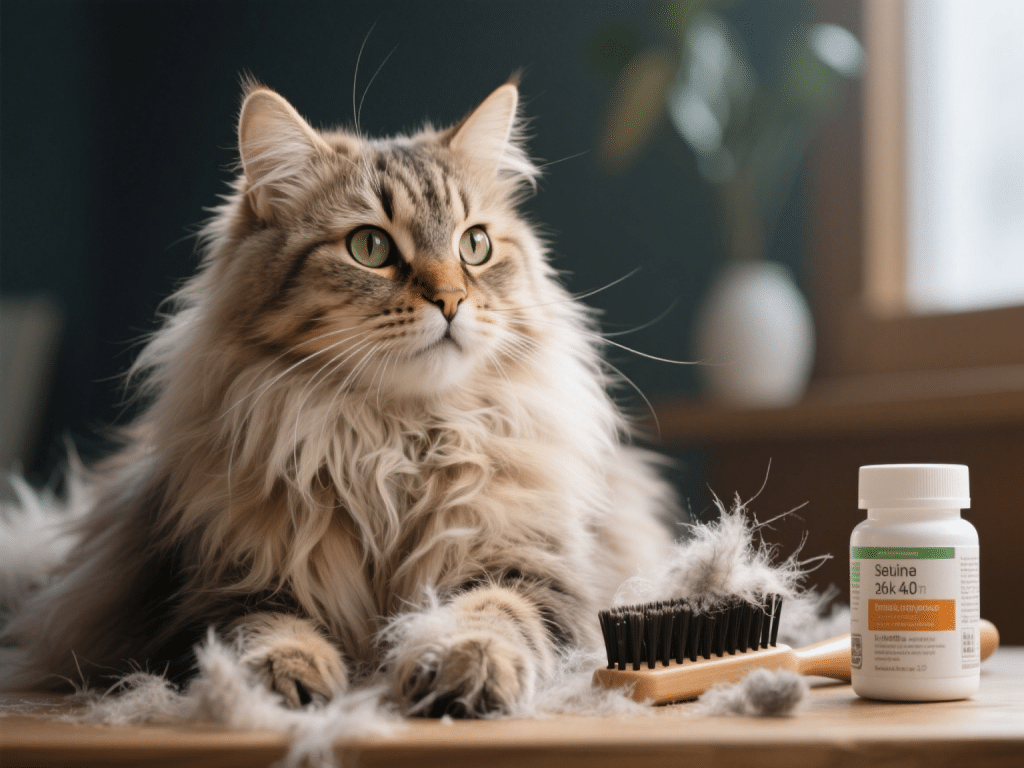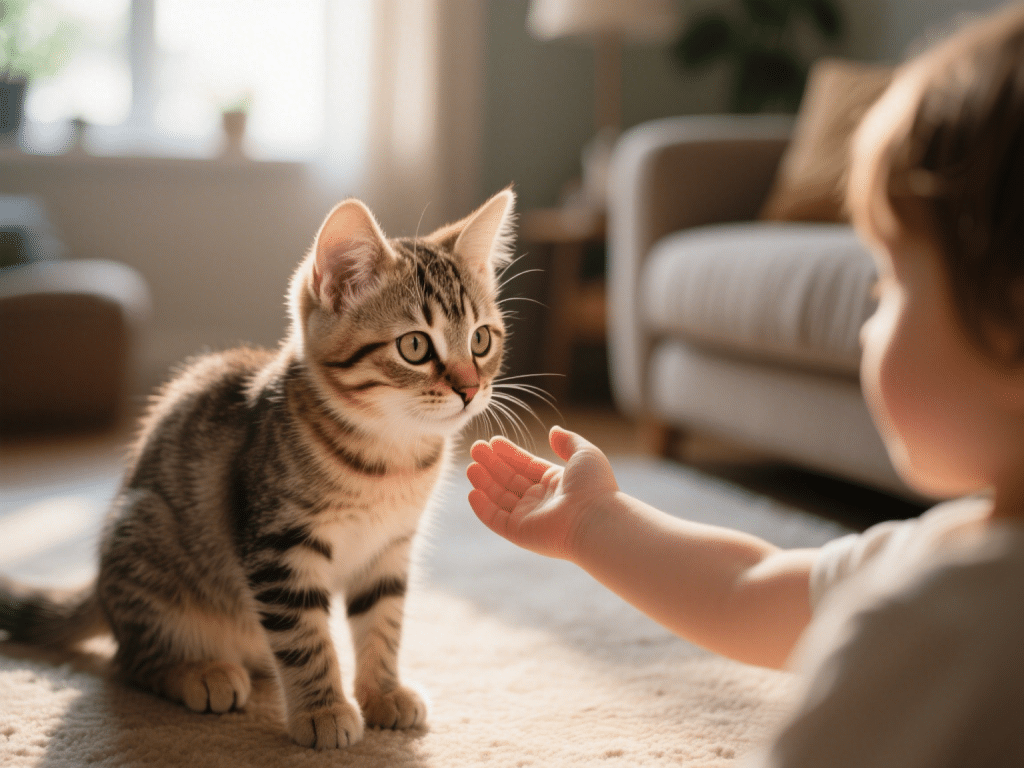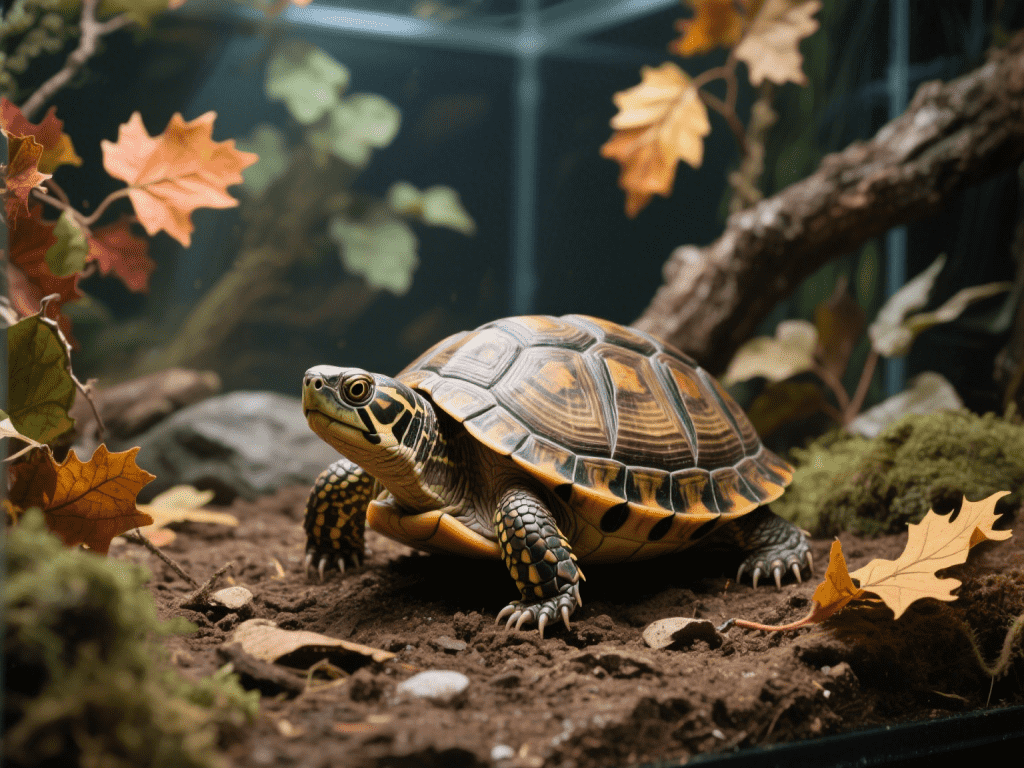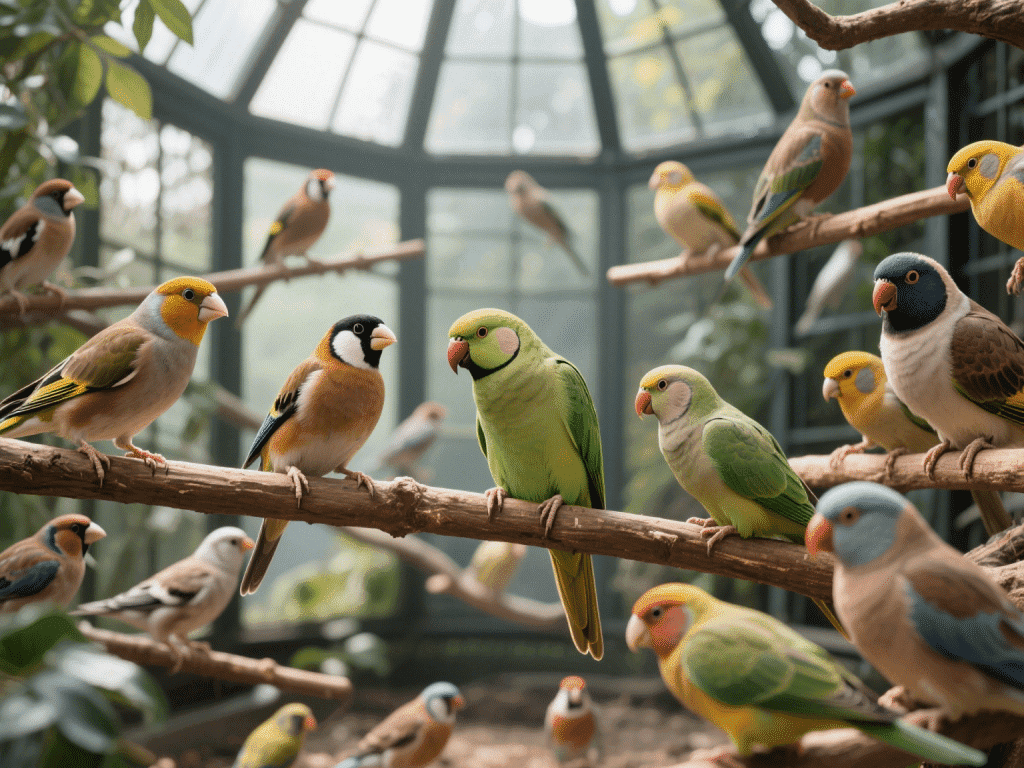
Hairballs—those stringy wads of fur—are a common feline woe, but they needn’t be a recurring nuisance. While occasional hairballs are normal, frequent retching signals it’s time for intervention. Drawing on veterinary nutrition research and years of long‑hair cat ownership, here’s a multi‑pronged plan to prevent and manage hairballs effectively.
1. Grooming Essentials
Daily Brushing: Use slicker brushes or de‑shedding tools to remove loose undercoat before ingestion.
Bathing: Occasional cat‑safe baths help loosen fur; ideal for Persians and Maine Coons.
2. Dietary Adjustments
High‑Fiber Formulas: Specialized kibble with added beet pulp or psyllium promotes fur passage.
Moisture‑Rich Foods: Wet diets ensure smooth digestion and fur transit.
3. Lubricating Supplements
Pet‑Safe Gels & Pastes: Contain mineral oil or petroleum jelly derivatives to ease hair movement.
Natural Oils: A few drops of plain canned pumpkin mixed into food adds soluble fiber.
4. Environmental Enrichment
Increased activity reduces grooming out of boredom:
Interactive Wand Play: Twice‑daily 10‑minute sessions.
Climbing Towers: Physical exercise helps expel hair via natural gut motility.
5. Recognizing Warning Signs
If retching persists without hair expulsion, or if your cat shows lethargy, lack of appetite, or constipation, seek veterinary care—these may indicate gastrointestinal blockages.
Takeaway: With consistent grooming, fiber‑rich nutrition, and safe lubricants, you’ll reduce hairball frequency, improve your cat’s comfort, and protect their digestive health.









Comments on " Preventing and Managing Hairballs: Tips for a Happier, Healthier Cat" :